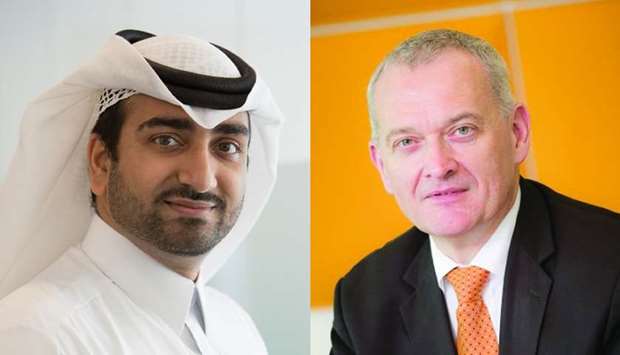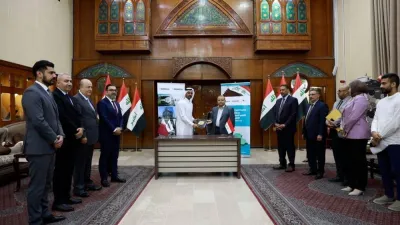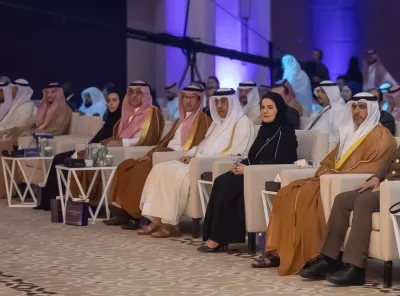As part of its national vision, Qatar is working to create harmony between environmental protection and economic growth and the projects being undertaken at Qatar Environment and Energy Research Institute (Qeeri), are a step towards fulfilling this goal.
Qeeri is a part of Qatar Foundation member Hamad Bin Khalifa University. Since mid-June, and continuing over a two-month period, Total’s Gas, Renewables & Power branch – and specifically its Paris-based T-lab – has expanded its solar research zone at Qeeri’s Outdoor Test Facility.
The extension, featuring three trackers, bifacial modules, inverters, sensors and power optimisers, looks to improve the performance of Total’s photovoltaic components in desert conditions. The zone will also monitor performance in real time and validate the results through simulation tools.
The project is part of not just Qatar’s vision, but Total’s increasing move into sustainable energy. The company aims to reach zero carbon emissions within their operations by 2050, and is therefore investing highly in low-carbon solutions.
In addition to the solar research zone at Qeeri, Qatar recently signed an agreement with Total, alongside Japan’s Marubeni, to build a solar power plant that will be capable of producing 800MW – meeting 10% of Qatar’s peak electricity demand.
“Total aims to develop and commercialise new low-carbon solutions to provide sustainable energy for the future,” says Yousef al-Jaber, vice president, Innovation & Change Management at Total Qatar and acting director of Total Research Centre-Qatar, which is located in Qatar Foundation’s Qatar Science & Technology Park. “We therefore decided to push the boundaries of our innovative capabilities towards new limits.”
Total looked at key areas across the globe in order to find the right ecosystem to test, deploy and commercialise its cutting-edge solutions. The company ultimately found the perfect partner in Qeeri, with the institute’s extreme desert conditions and commitment to sustainable energy research. Since 2013, Qeeri has been dedicated to addressing the country’s energy and water security challenges.
Dr Marc Vermeersch, executive director of Qeeri, says the new solar research zone is in line with what he worked towards during his nine years at Total.
He says that solar photovoltaic energy conversion, which converts sunlight into electricity, is the most useful technology for the Middle East. Solar thermal energy – which harnesses sunlight to transform it into heat – is less appealing to desert environments, where solar irradiance is significantly different from other regions. Solar energy is also, according to Dr Vermeersch, an inexpensive energy source.
“If you look at more traditional gas turbines or electrical distribution, there are very significant operational costs,” says Dr Vermeersch. “Solar is different. It’s the cheapest source of energy in most countries. It’s disruptive. The global message is: solar is the way to go.”
It’s a message that is becoming increasingly louder, especially as Qatar moves into the limelight as host of the FIFA World Cup Qatar 2022. With a global focus on sustainable energy and Qatar’s exceptional sun exposure, experts believe the country can’t afford not to move towards solar energy innovations.
“It’s the right time,” says Marc-Antoine Eyl-Mazzega, director of the Centre for Energy & Climate at the French Institute of International Relations in Paris. “All stars are aligned for this type of project to take off.”
“This is clearly a region of strategic importance,” says Eyl-Mazzega. “They understand that wasting energy costs a lot of money and costs a lot in political capital in the climate change agenda.”
Ultimately, the new solar research zone will benefit not just Qatar and the region, but similar climatic areas around the world.



